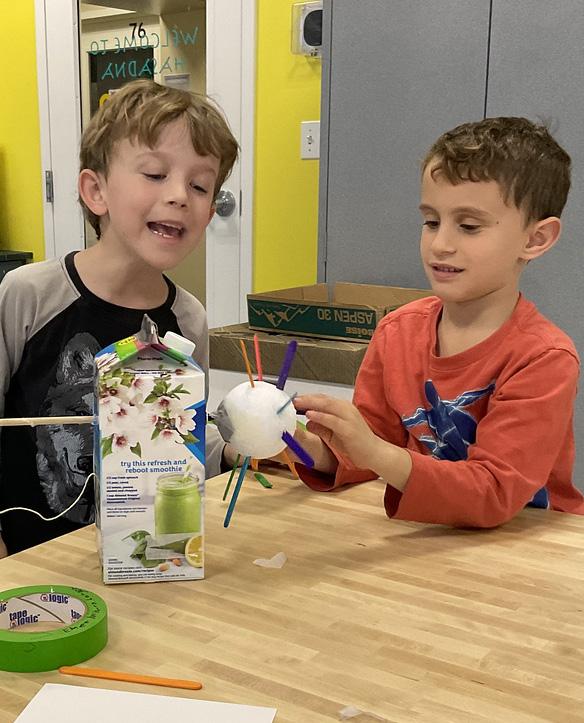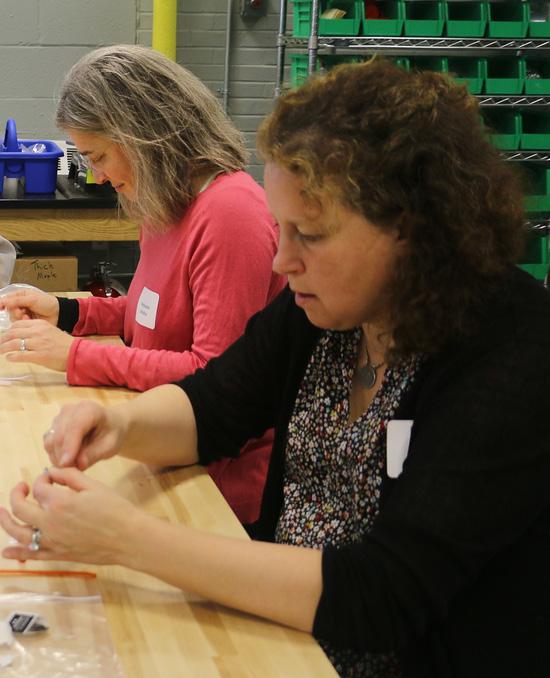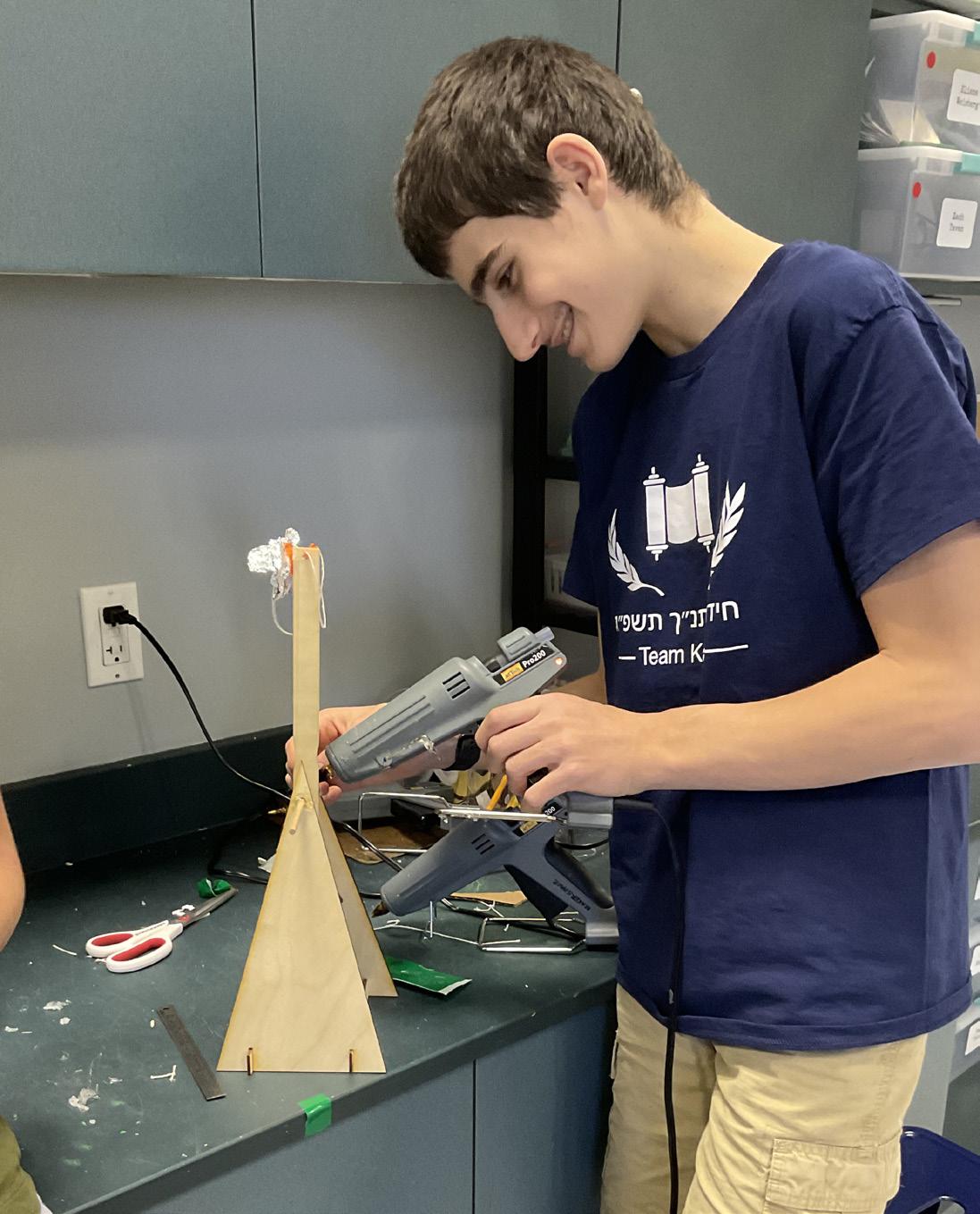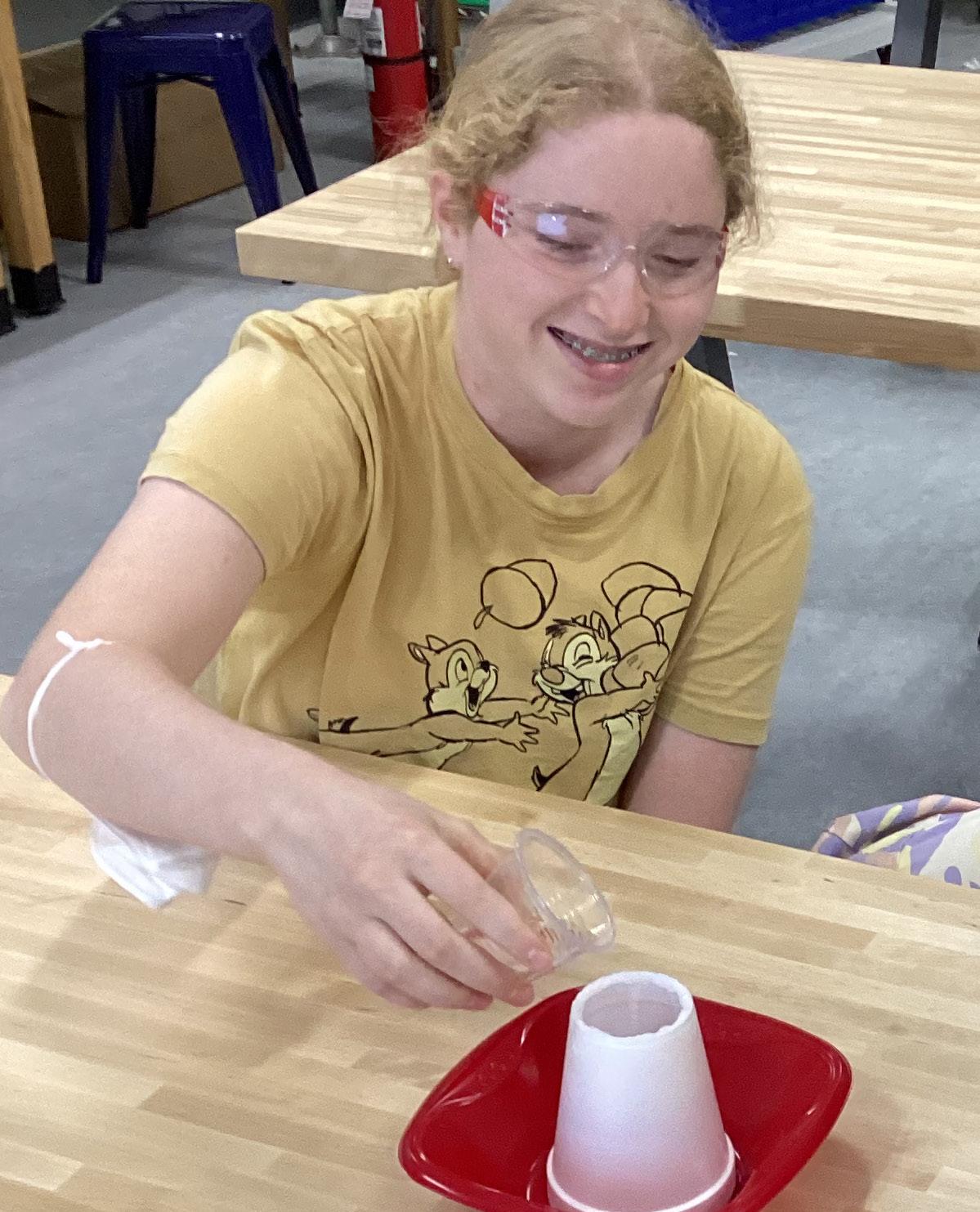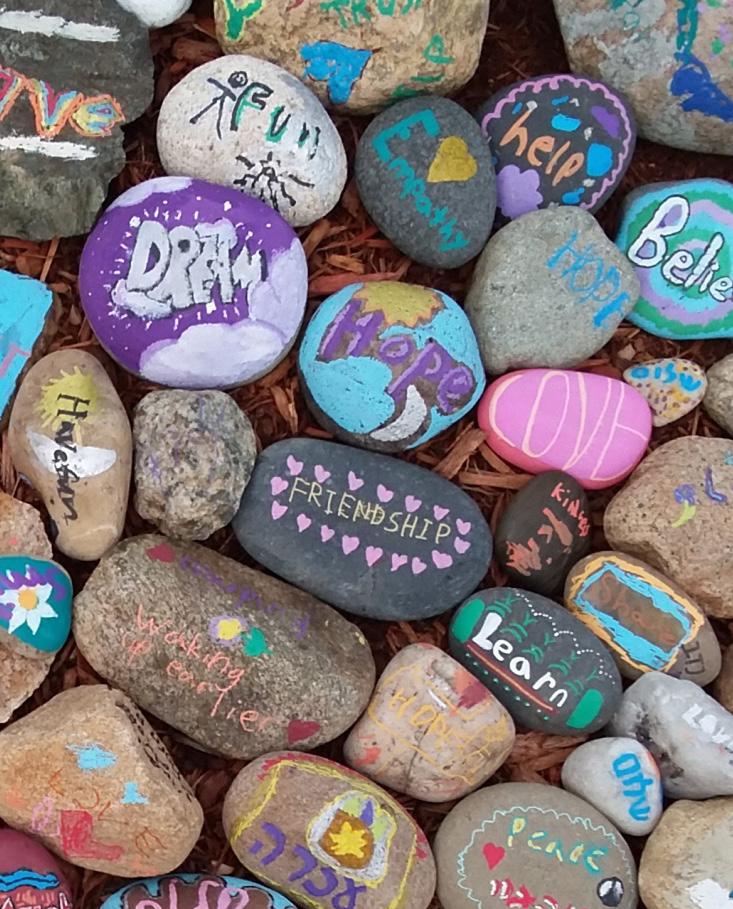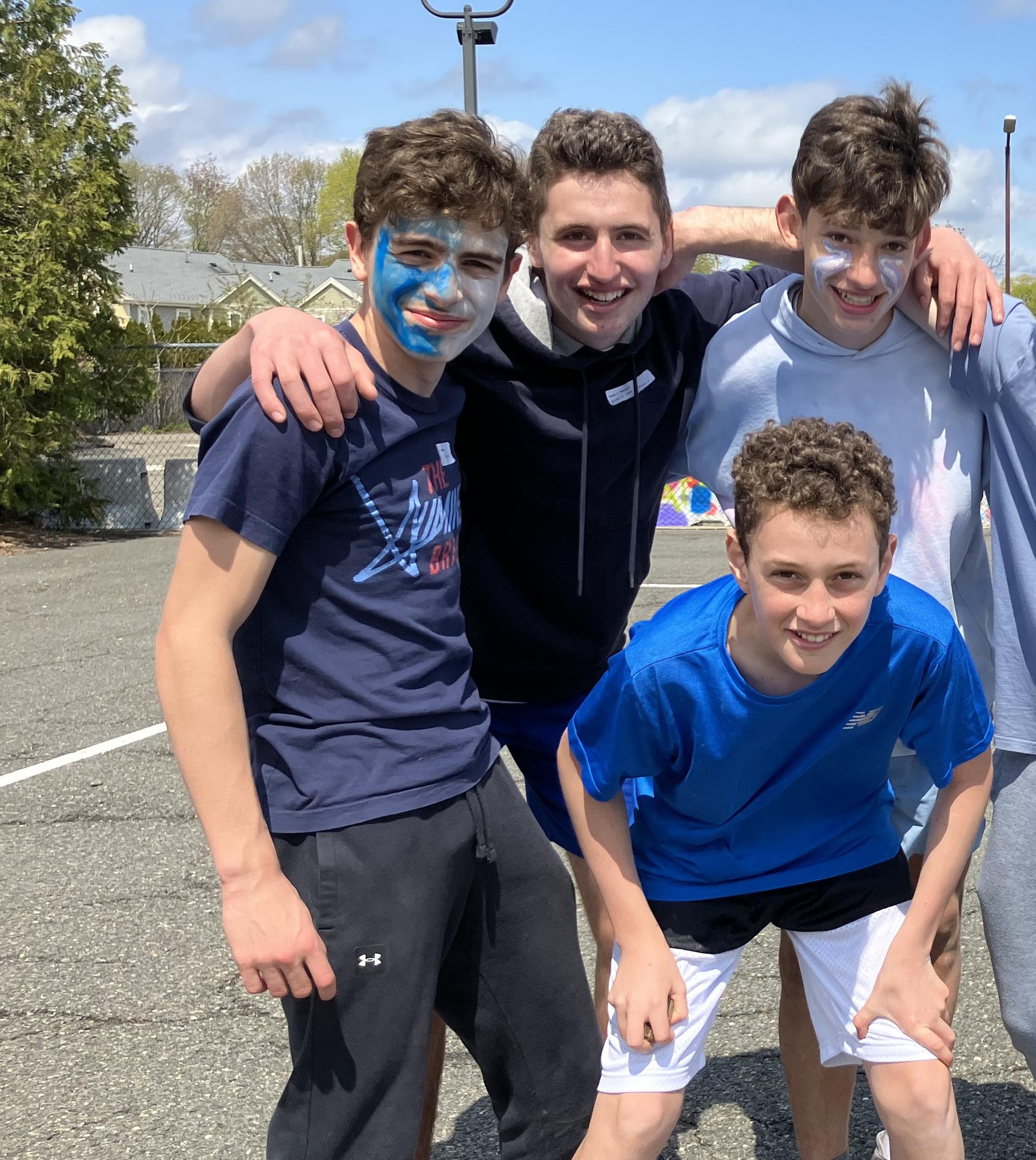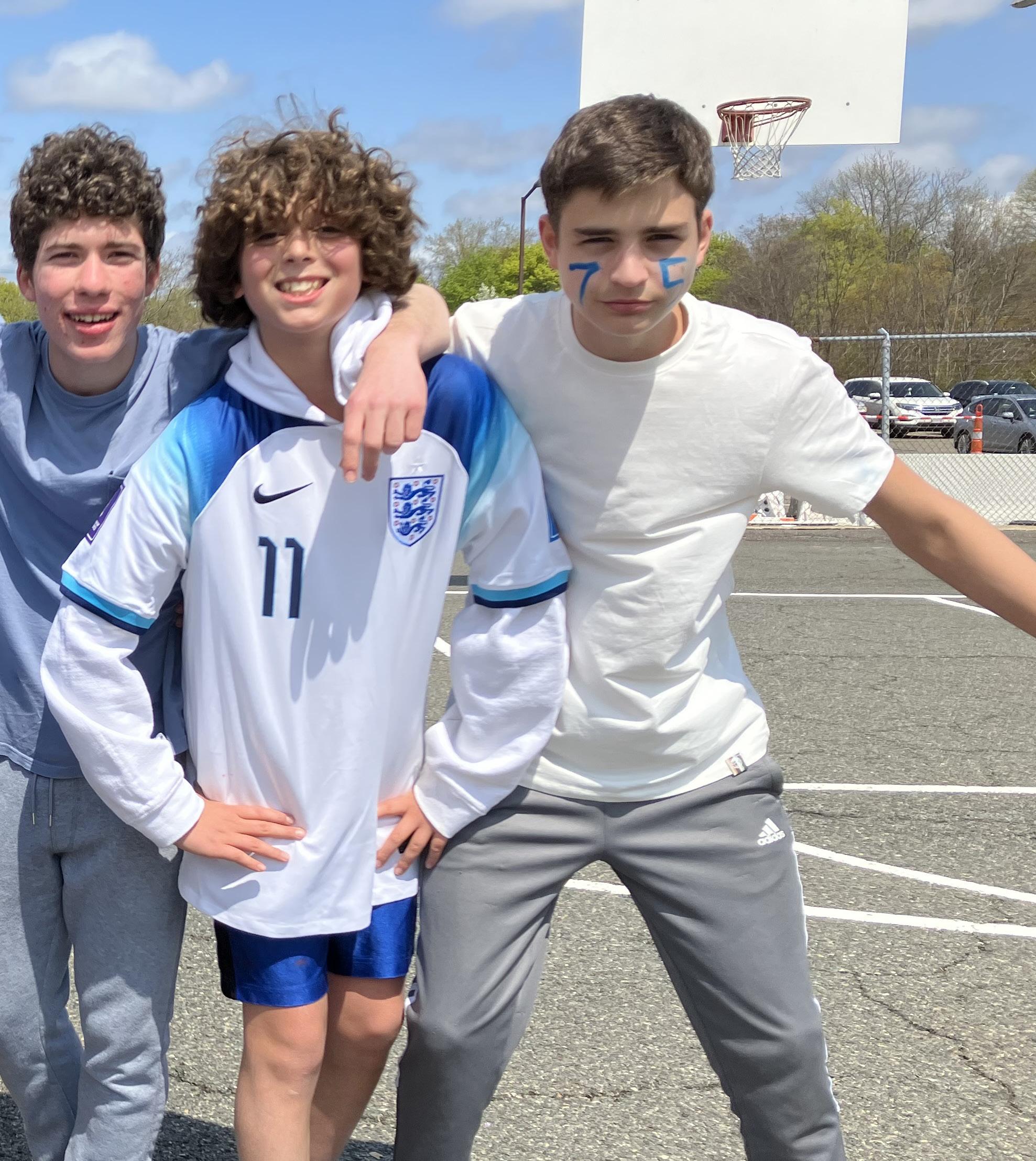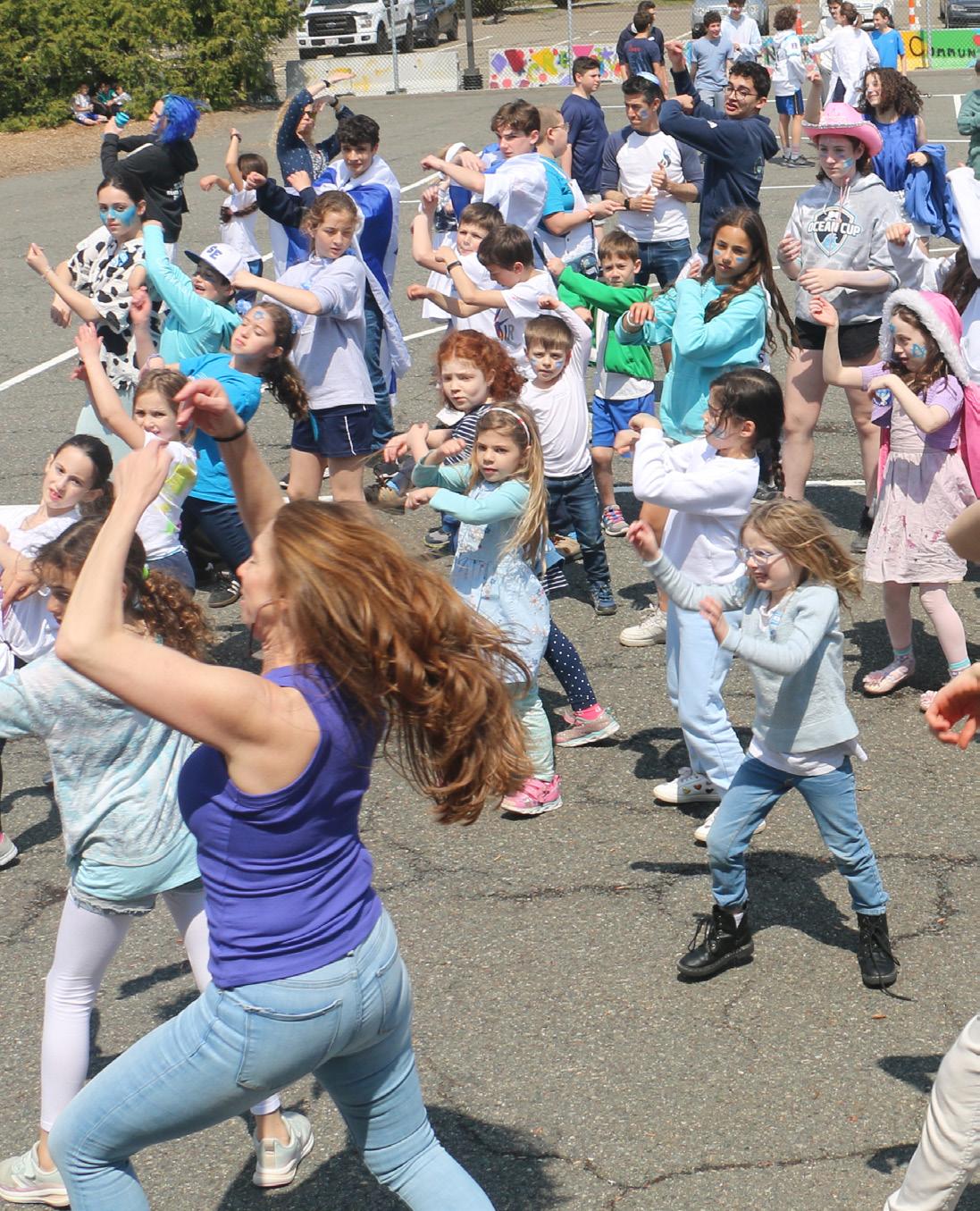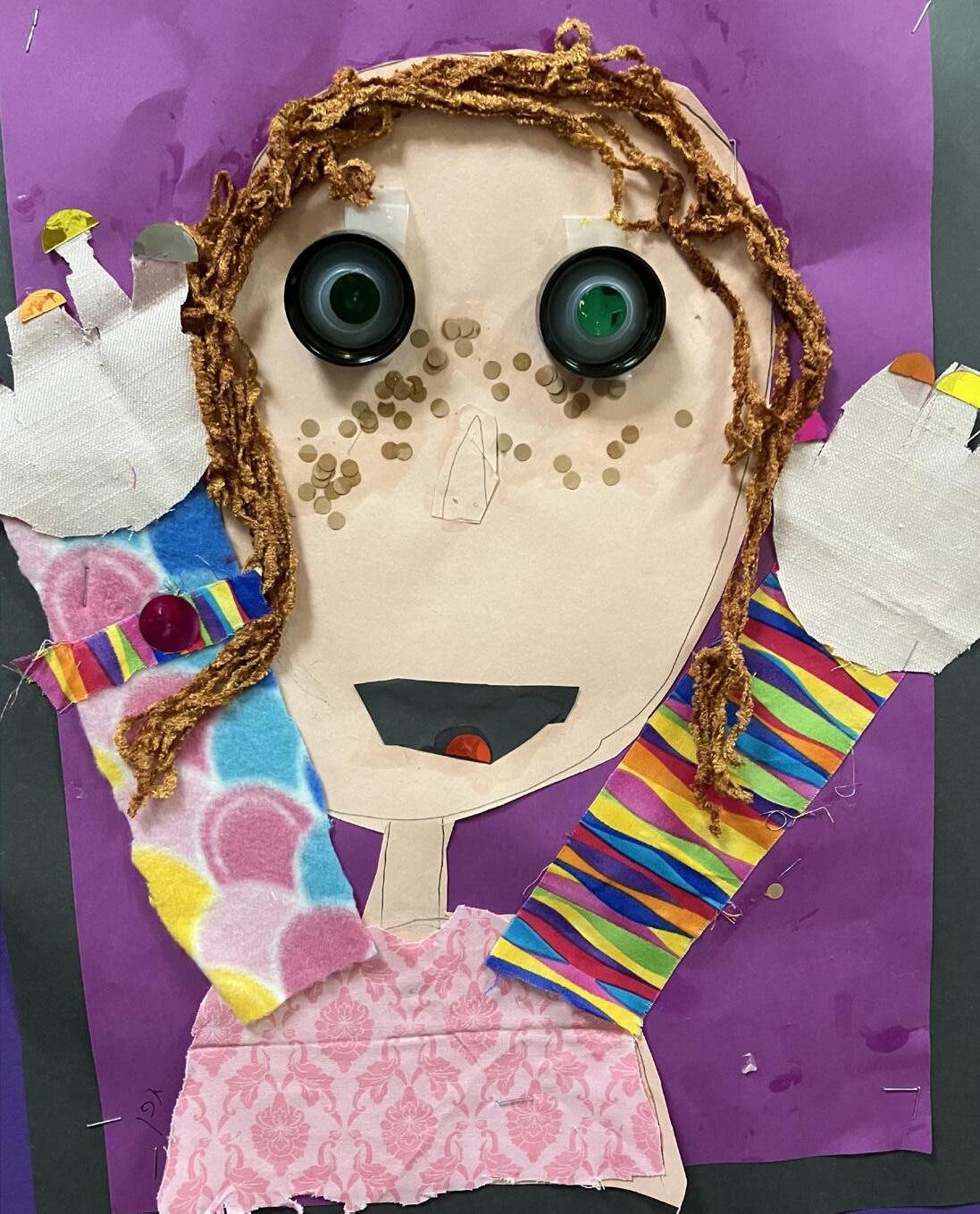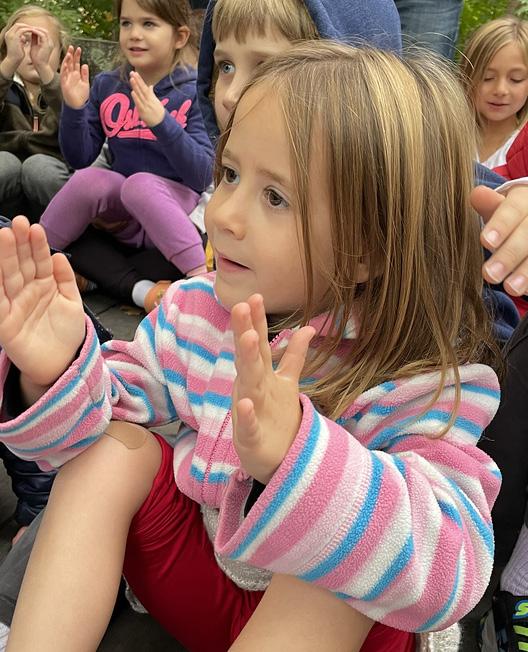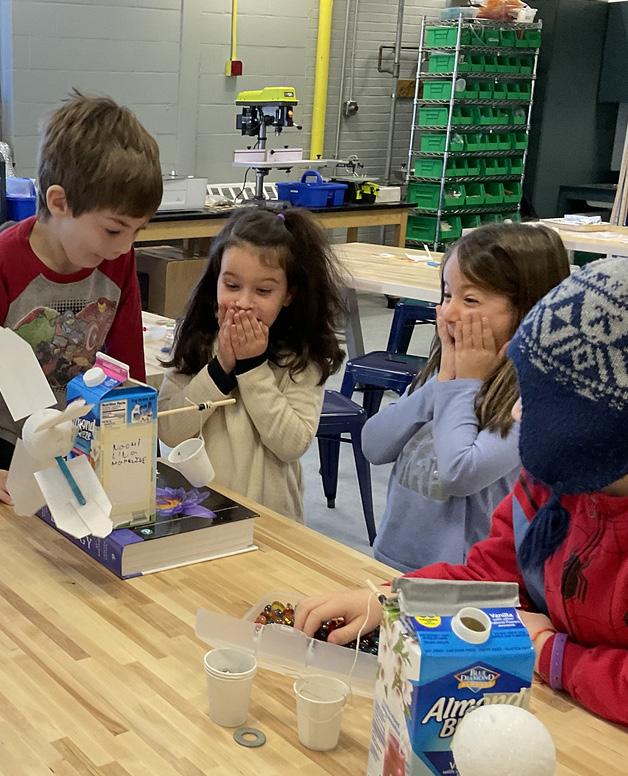
2 minute read
HaSadna * Comes to Life!
In last fall’s Nitzotzot, we asked you to “stay tuned for a full article about HaSadna, *our new Makerspace,” and we now delight in sharing with you four of the many extraordinary projects that have come to life within its walls. With profound thanks to Rose-Jane Sulman for her gift to our school, every child has discovered, created, innovated, and benefited in this remarkable new workplace. As Lower School engineering instructor, Catherine Ross, recently affirmed, “HaSadna is more than just a beautiful classroom, it’s a transformative space where ideas from children’s imaginations come to life. The creative energy radiating from the students is palpable, and it’s been just wonderful to grow and learn with them in this amazing space!”
IN THE SEASON OF PURIM… our second graders were tasked with programming small KIBO robots to deliver a mishloach manot (the sending of gifts) basket to a classmate. To begin, they feverishly designed and sketched the actual basket and goodies, including, of course, hamentashen! Next, using the Glowforge laser cutter, the students cut each item out of wood. With their basket filled, each child then determined the means by which they wished their classmate to receive it. Would their robot drag it, pull it, or even catapult the basket to its recipient? So many design possibilities were considered as second graders delighted in programming, through assigning a specific order to a series of color-coded directional blocks, how the mishloach manot would be delivered.
Advertisement
IT’S NOT BRAIN SCIENCE… or maybe it is! To better understand their own learning styles and how they think, fifth graders were given a lesson by Middle School Support Services Director, Jo-Ann Figueroa and Middle School Learning Specialist, Chera Garlick, on the major lobes of the brain and how humans take in information and learn. Using student-friendly language, children were introduced to the prefrontal cortex (a “wise owl”) where executive functions lead us to learn and effectively carry out everyday activities; the amygdala (the “guard dog”) which keeps human beings safe and curious; and the hippocampus (the “memorable elephant”) which helps store learning, emotional, and life experiences.
Students then created 2D drawings of how they each perceived their own brain might look. They then used Tinkercad, a program used to design 3D models, and with the assistance of HaSadna staff, Anna Martinez, Standish Chiasson, and Catherine used the laser printer to produce masterful 3D jigsaw puzzles of their own unique brain! JCDS fifth graders have given new meaning to the old term, brain puzzle!
AS PART OF THEIR EARTH SCIENCE CURRICULUM… seventh graders were challenged with creating and designing a presentation to explain to Lower School students how the water cycle works. With gusto, they tackled the challenge: to describe, in a way that our younger burgeoning scientists could fully understand, the process of water evaporation and the way in which water changes from liquid to vapor.
One group used software enabling them to give voices to sock puppets, and in a puppet show performance, the socks then described the process! Others created digital backgrounds for pseudo-television newscasts. One group used the laser cutter to make their own dioramas depicting the water cycle, and we even had students who created a computer generated 3D mountain, rigging up pumps to squirt water to illustrate earth’s precipitation!
AND AS AN UNEXPECTED BONUS… adults within the JCDS community have also had the joy and excitement of creating within HaSadna, including former Board Members who recently had their first annual reunion within the Makerspace, in which they were given a lesson in robotics, circuits, and the value of learning from failures. Many were tentative as they began the assigned project of building a Brush Bot, but eventually, joy and curiosity were evident on everyone’s faces as one remarked with laughter, “It’s never too late to teach an old dog new tricks!”
